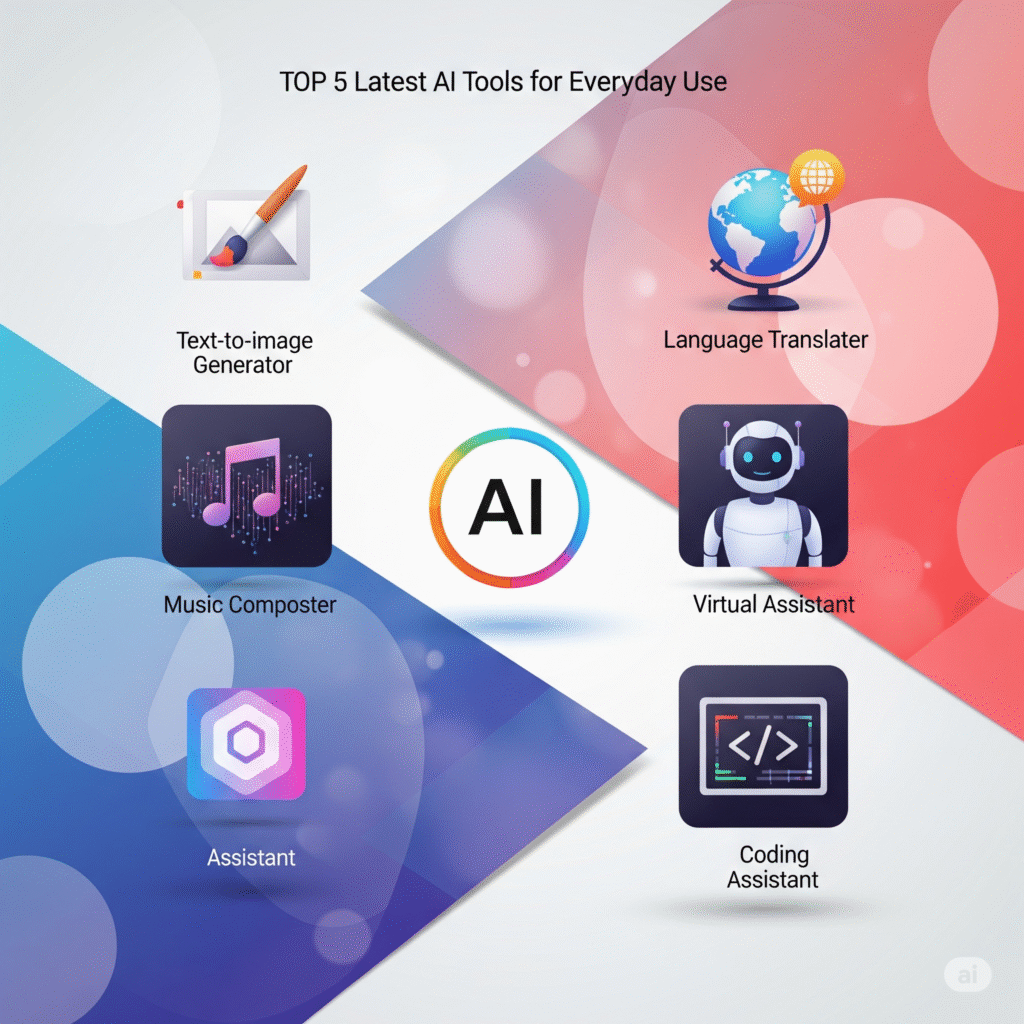Easy Automation Tools for Everyone: Simplifying Processes Without Code
In today’s fast-paced digital world, the demand for efficiency and productivity has increased significantly. One of the most effective ways to achieve this is through the use of easy automation tools. These tools allow users, regardless of their technical expertise, to automate repetitive tasks without needing to write a single line of code. This article will explore the advantages of no-code automation, the various tools available, and how to select the right one for your specific needs.
Understanding No-Code Automation
No-code automation refers to the use of software solutions that enable users to automate processes without the need for programming skills. This means that anyone, from entrepreneurs to small business owners, can set up systems that save time and reduce errors in their daily operations. No-code automation tools are designed to be user-friendly, often featuring drag-and-drop interfaces and ready-made templates that facilitate easy setup.
The Benefits of Easy Automation Tools
- Increased Efficiency: Automating repetitive tasks frees up valuable time for employees to focus on more critical aspects of their jobs.
- Cost Savings: By streamlining processes, businesses can reduce operational costs associated with manual labor.
- Error Reduction: Automating tasks minimizes the risk of human error, leading to more consistent and reliable results.
- Accessibility: No-code platforms allow individuals who may not have technical skills to create solutions tailored to their needs.
Popular Easy Automation Tools
With the rising popularity of no-code automation, several tools have emerged as front-runners in the market. Here are a few standout options:
1. Zapier
Zapier is one of the most versatile automation platforms available today. It connects over 2,000 apps, allowing users to create automated workflows, called “Zaps,” that can trigger actions based on events in other applications. For example, you can create a Zap that automatically saves email attachments to a specific folder in your cloud storage.
2. Integromat (Make)
Integromat, now known as Make, offers a visually intuitive interface that enables users to automate complex workflows involving multiple applications. It supports advanced conditional logic and data manipulation, providing a powerful solution for those looking to build intricate processes.
3. Airtable Automations
Airtable is a hybrid between a spreadsheet and a database, and it comes with built-in automation features. Users can create triggers and actions right within their Airtable bases, making it easier to manage projects and collaborate with teams.
4. Automate.io
Automate.io is designed for simplicity and allows users to connect cloud applications seamlessly. Its straightforward interface helps users create workflows quickly and efficiently, making it one of the best easy automation tools for beginners.
Choosing the Right Easy Automation Tool
Finding the perfect automation tool for your needs can be overwhelming. Here are some key factors to consider when making your decision:
- Ease of Use: Evaluate the user interface and overall experience. A tool with a simple drag-and-drop functionality can save time during the setup process.
- Integration Capabilities: Make sure the tool can connect with the applications you currently use. Popular tools will typically have a wide range of integrations.
- Scalability: Consider whether the tool can grow with your business. As your processes become more complex, you might need a solution that can handle increased demands.
- Customer Support: Reliable customer support can make a huge difference, especially for those new to automation. Look for tools that offer good resources, like tutorials and support channels.
Conclusion
Easy automation tools represent a revolution in how we handle everyday tasks in our personal and professional lives. By employing no-code solutions, anyone can streamline processes and enhance productivity without needing to dive into the complexities of programming. Whether you choose Zapier, Integromat, Airtable, or Automate.io, the right automation tool can empower your efforts and transform your workflows. Embrace the power of easy automation tools today, and take your productivity to the next level!
Benefits of No-Code Automation
No-code automation offers a myriad of advantages for businesses of all sizes. One of the primary benefits is the significant reduction in the time and resources required to implement automation processes. With easy automation tools, even team members without technical backgrounds can design and deploy workflows quickly, leading to increased productivity and efficiency across departments.
Cost-Effectiveness
Utilizing easy automation tools can also lead to substantial cost savings. Traditional automation often involves extensive programming resources and ongoing maintenance. In contrast, no-code solutions empower organizations to execute complex tasks without hiring specialized developers. This not only cuts down on labor costs but also allows teams to reallocate their resources toward growth-oriented initiatives.
Popular Easy Automation Tools
Several platforms stand out in the realm of no-code automation, offering unique features tailored to different business needs. Tools like Zapier enable users to connect various applications seamlessly, facilitating intricate workflows with minimal effort. Conversely, platforms such as Integromat (now Make) allow for more complex task automation, ensuring that even the most challenging processes can be streamlined without writing a single line of code.
User-Friendly Interfaces
Another reason to embrace easy automation tools is their user-friendly interfaces. These platforms typically feature drag-and-drop functionality, making it a breeze for users to visualize and construct their automation flows. This accessibility not only democratizes the automation process but also encourages experimentation, enabling teams to innovate without the fear of breaking existing systems.


